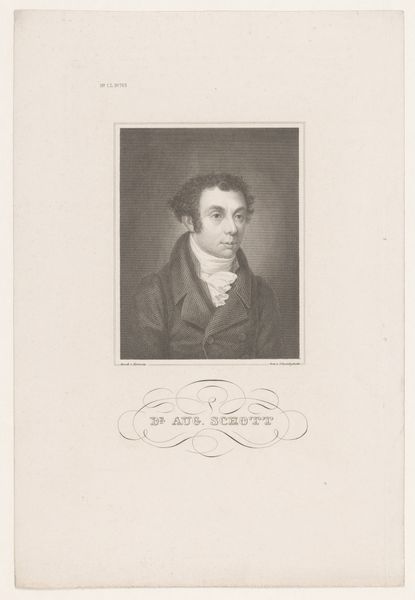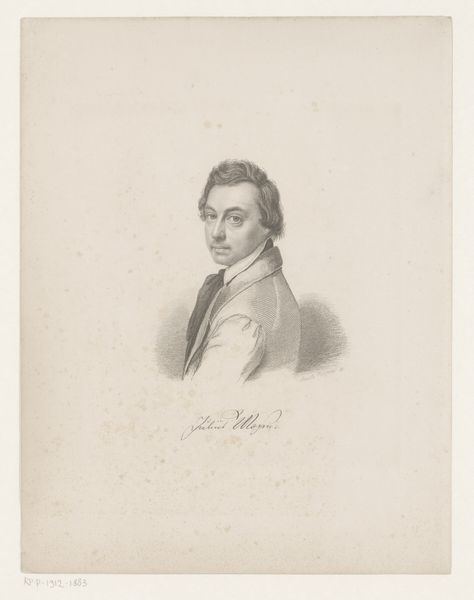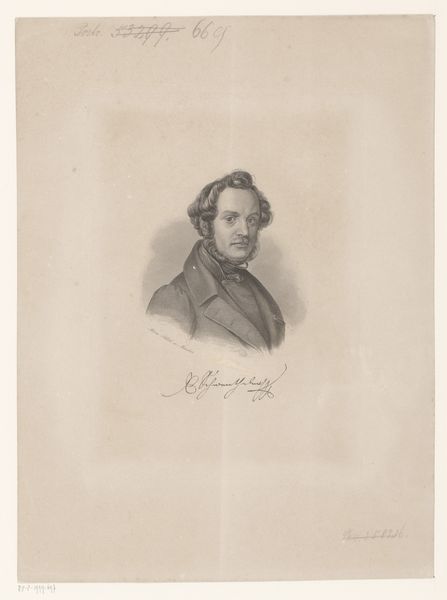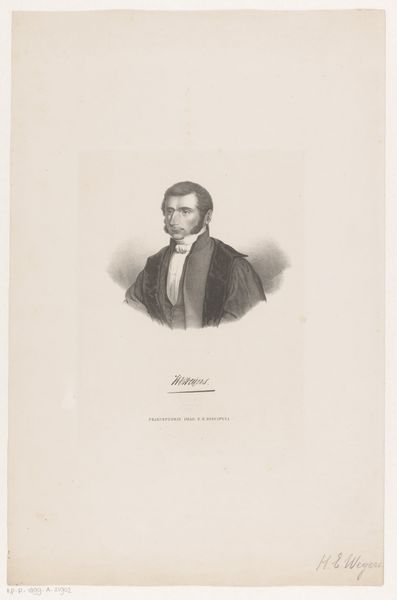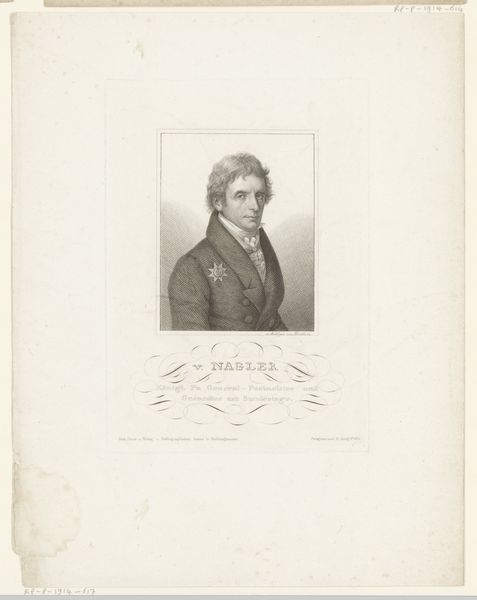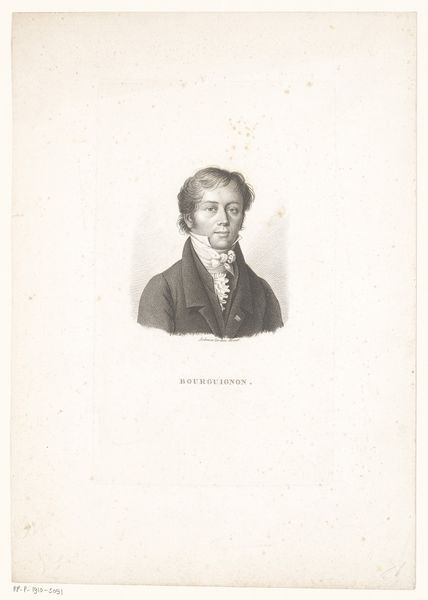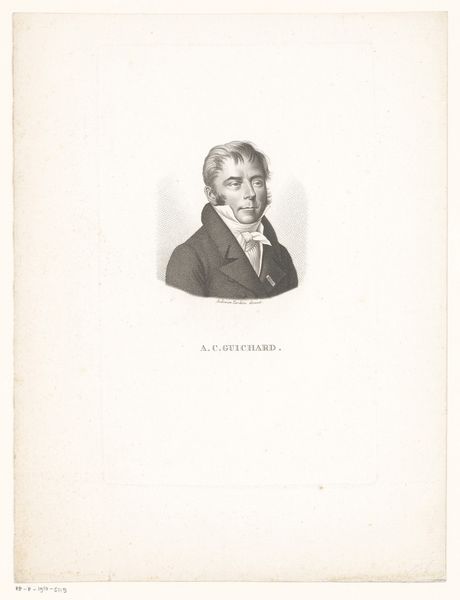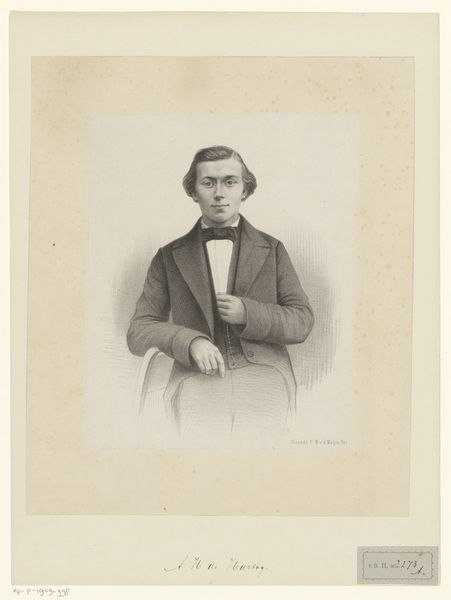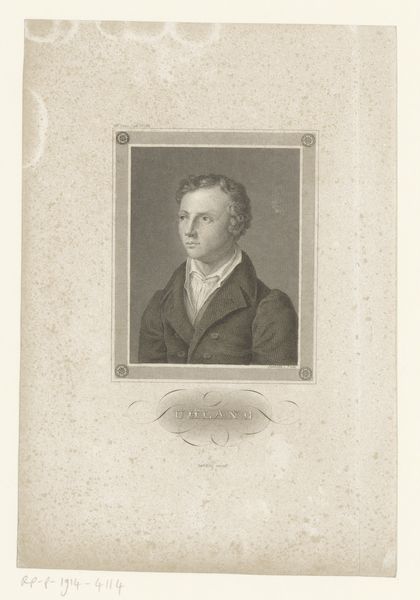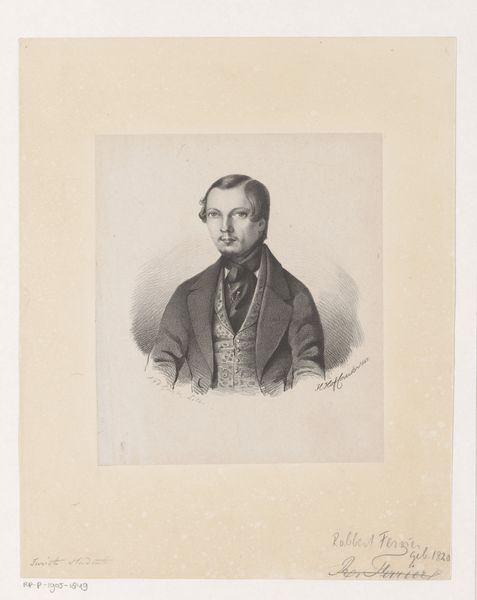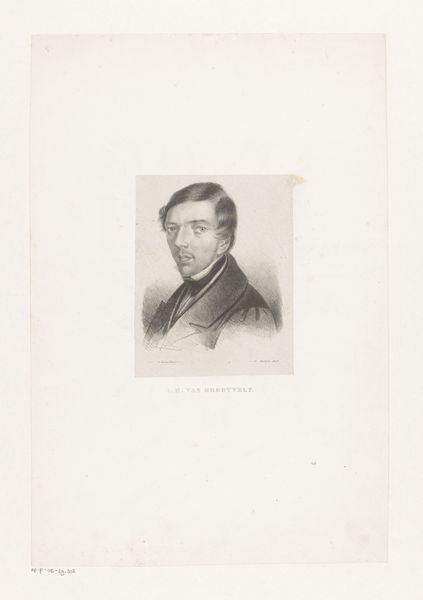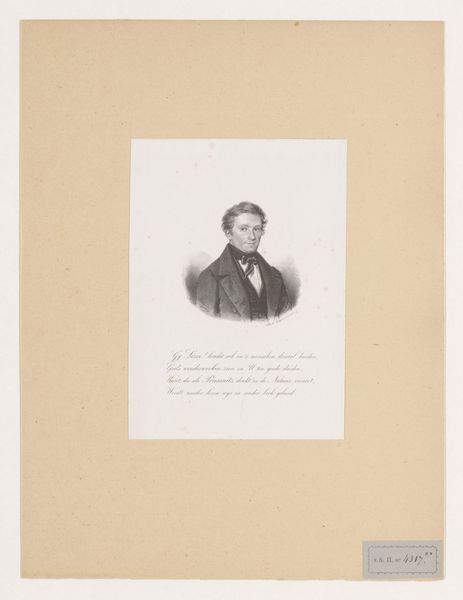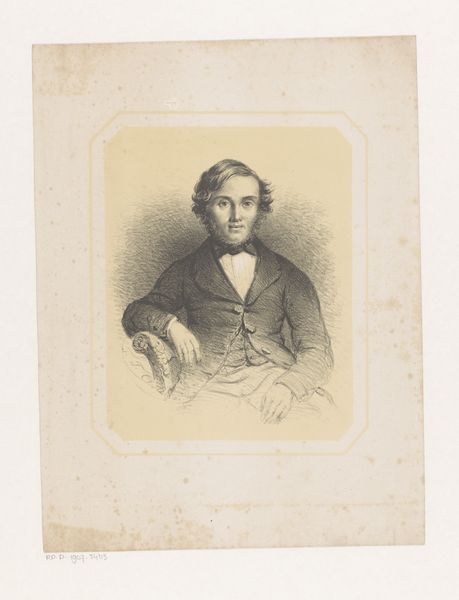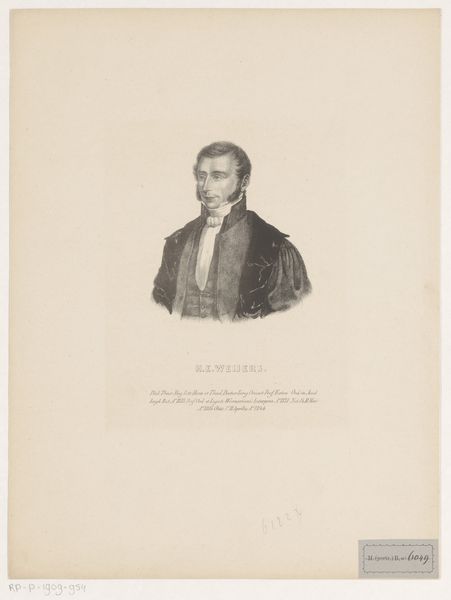
print, engraving
#
portrait
# print
#
engraving
#
realism
Dimensions: height 350 mm, width 249 mm
Copyright: Rijks Museum: Open Domain
Adolph Remy created this portrait of Arend Friedrich August Wiegmann using lithography, a printmaking technique, sometime between 1840 and 1865. Lithography, unlike traditional etching or engraving, relies on the chemical repulsion between oil and water. The artist draws on a flat stone or metal plate with a greasy crayon, then applies water. The water adheres to the blank areas, while the oily ink sticks to the drawn image. This allows for the creation of subtle tonal variations, as we can see in the delicate shading of Wiegmann's face and clothing. The rise of lithography in the 19th century democratized image production. It was much faster and cheaper than traditional engraving, making images more accessible to a wider public. This portrait, likely commissioned, reflects the growing importance of the middle class and their desire to participate in visual culture. It’s a reminder that even seemingly straightforward portraits are deeply intertwined with the technologies and social forces of their time.
Comments
No comments
Be the first to comment and join the conversation on the ultimate creative platform.
